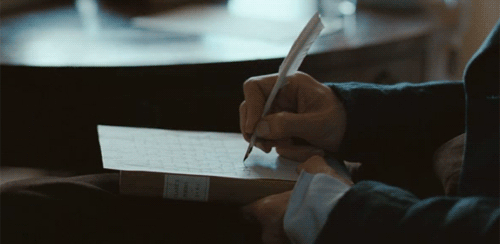The Renaissance and Reformation (1485-1660 CE)
INTRODUCTION TO THE RENAISSANCE PERIOD
(The Renaissance took place in the late 15th, 16th, and early 17th century in Britain, but somewhat earlier in Italy and southern Europe and somewhat later in northern Europe).
The earliest Renaissance literature appeared in 14th century Italy; Dante, Petrarch, and Machiavelli are notable examples of Italian Renaissance writers. From Italy the influence of the Renaissance spread at different rates to other countries, and continued to spread throughout Europe through the 17th century. The English Renaissance and the Renaissance in Scotland date from the late 15th century to the early 17th century. In northern Europe the scholarly writings of Erasmus, the plays of Shakespeare, the poems of Edmund Spenser, and the writings of Sir Philip Sidney may be considered Renaissance in character.
The literature of the Renaissance was written within the general movement of the Renaissance that arose in 13th century Italy and continued until the 16th century while being diffused into the western world. It is characterized by the adoption of a Humanist philosophy and the recovery of the classical literature of Antiquity and benefited from the spread of printing in the latter part of the 15th century. For the writers of the Renaissance, Greco-Roman inspiration was shown both in the themes of their writing and in the literary forms they used. The world was considered from an anthropocentric perspective. Platonic ideas were revived and put to the service of Christianity. The search for pleasures of the senses and a critical and rational spirit completed the ideological panorama of the period. New literary genres such as the essay and new metrical forms such as the sonnet and Spenserian stanza made their appearance.
The creation of the printing press (using movable type) by Johannes Gutenberg in the 1450s encouraged authors to write in their local vernacular rather than in Greek or Latin classical languages, widening the reading audience and promoting the spread of Renaissance ideas.
The impact of the Renaissance varied across the continent; countries that were predominantly Catholic or predominantly Protestant experienced the Renaissance differently. Areas where the Orthodox Church was culturally dominant, as well as those areas of Europe under Islamic rule, were more or less outside its influence. The period focused on self-actualization and one’s ability to accept what is going on in one’s life.
SUBCATEGORIES OF THE RENAISSANCE PERIOD
I. Early Tudor Period (1485-1558)
The War of the Roses ended in England with Henry Tudor (Henry VII) claiming the throne. Martin Luther's split with Rome marked the emergence of Protestantism, followed by Henry VIII's Anglican schism, which created the first Protestant church in England. Edmund Spenser is a sample poet.
II. Elizabethan Period (1558-1603)
Queen Elizabeth saved England from both Spanish invasion and internal squabbles at home. Her reign is marked by the early works of Shakespeare, Marlowe, Kyd, and Sidney.
III. Jacobean Period (1603-1625)
Shakespeare's later works include Aemilia Lanyer, Ben Jonson, and John Donne.
IV. Caroline Age (1625-1649)
John Milton, George Herbert, Robert Herrick, the "Sons of Ben" and others wrote during the reign of Charles I and his Cavaliers.
V. Commonwealth Period/Puritan Interregnum (1649-1660)
Under Cromwell's Puritan dictatorship, John Milton continued to write, but we also find writers like Andrew Marvell and Sir Thomas Browne.
RENAISSANCE WRITERS
- GIOVANNI BOCCACCIO
- DANTE ALIGHIERI
- LEONARDO BRUNI
- The ideas characterizing the Renaissance had their origin in late 13th century Florence, in particular in the writings of Dante Alighieri (1265–1321) and Petrarch (1304–1374).
- The literature and poetry of the Renaissance was largely influenced by the developing science and philosophy.
- The Humanist Francesco Petrarch, a key figure in the renewed sense of scholarship, was also an accomplished poet, publishing several important works of poetry in Italian as well as Latin.
- Petrarch’s disciple, Giovanni Boccaccio, became a major author in his own right, whose major work, The Decameron, was a source of inspiration and plots for many English authors in the Renaissance.
- A generation before Petrarch and Boccaccio, Dante Alighieri set the stage for Renaissance literature with his Divine Comedy, widely considered the greatest literary work composed in the Italian language and a masterpiece of world literature.
- Leonardo Bruni was an Italian humanist, historian, and statesman, often recognized as the first modern historian.






Comments
Post a Comment